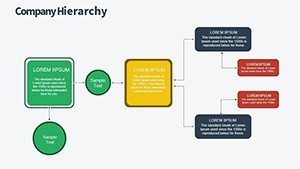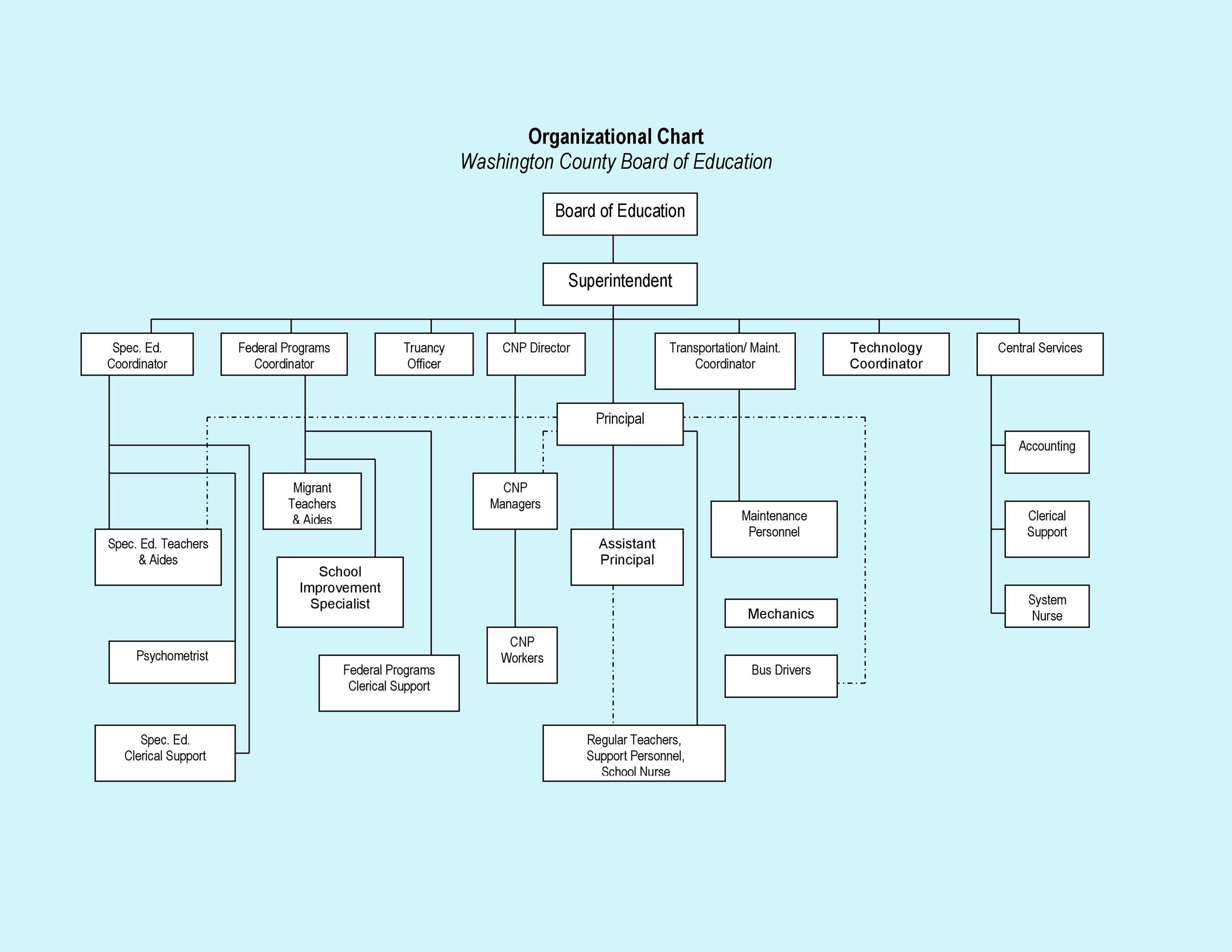

Each notification policy specifies a set of label matchers to indicate which alerts they are responsible for. Set where, when, and how the alerts get routed. They can also be used to group your alerts by severity.

Match an alert rule and its instances to notification policies and silences. The state and health of alert rules help you understand several key status indicators about your alerts. Once an alert rule has been created, they go through various states and transitions.
Free org chart templates for keynote series#
This is exceptionally powerful if you are observing multiple series in a single expression.

Grafana managed alerts support multi-dimensional alerting, which means that each alert rule can create multiple alert instances. An alert rule consists of one or more queries and expressions, a condition, the frequency of evaluation, and optionally, the duration over which the condition is met. Set evaluation criteria that determines whether an alert instance will fire. The following diagram gives you an overview of how Grafana Alerting works and introduces you to some of the key concepts that work together and form the core of our flexible and powerful alerting engine. Refer to Manage your alert rules for current instructions. If it’s the latter, we’d expect they’ll be back up and running soon. Either we entered the id wrong (oops!), or Vimeo is down. There’s supposed to be a video here, but for some reason there isn’t.


 0 kommentar(er)
0 kommentar(er)
